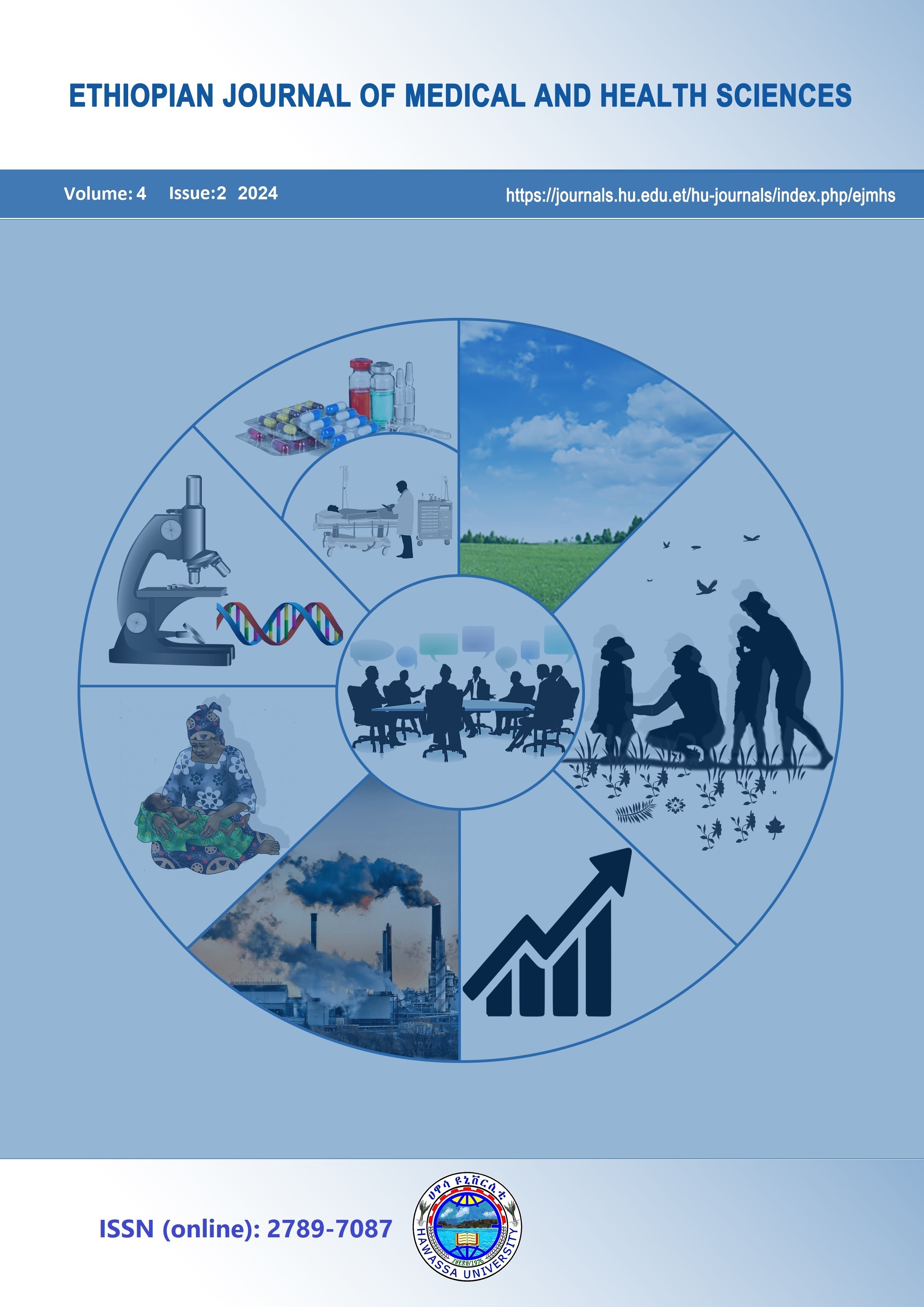Histopathological Diagnosis of Upper Gastrointestinal Strongyloidiasis
A Case Series with Comprehensive Literature Review
DOI:
https://doi.org/10.82127/db83y342Keywords:
Soil-transmitted helminths; Strongyloidiasis stercoralis; upper gastrointestinal; endoscopy; histopathologyAbstract
Strongyloidiasis is a neglected soil-transmitted helminth infection with a substantial burden in tropical and subtropical regions where sanitation is poor. Larvae penetrate the skin, migrate via the lungs, and mature in the duodenum and upper jejunum. In immunocompetent hosts, infection is often asymptomatic, but it can cause fatal illness in immunocompromised individuals, particularly those receiving corticosteroids or living with HIV/AIDS. The prevalence of this parasitic infection is underestimated due to the limited sensitivity of routine diagnostic tests, but endoscopic biopsies can improve detection.
This report highlights six cases of upper gastrointestinal strongyloidiasis confirmed by histopathology, including rare involvement of the esophagus and stomach. One patient had concurrent squamous cell carcinoma of the esophagus. All diagnoses were made via endoscopic biopsy between late 2023 and early 2024.

